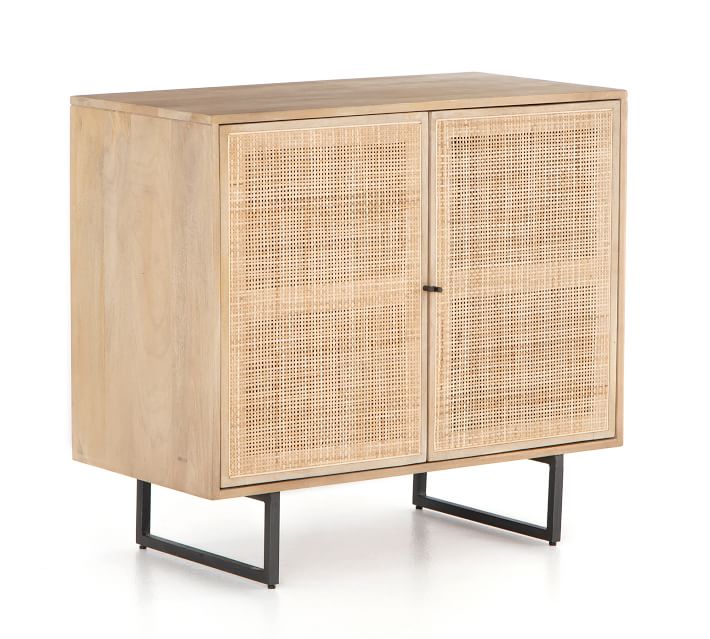How big are these doors? Especially in comparison to your router table's fence.
I think, at first thought, that I would do it one the table, with stops.
It would take two set-ups, assuming that the doors are not square.
Using a test piece of the same size, set a start and stop position, using stops clamped to the fence or table. Run those edges. Then change the set-up (stops) to the length of the other sides, so they meet the previous grooves in the corners. No guessing, no slow-downs hoping to hit it close enough, chisel the corners, done.
The fact that the parts are pre-painted is unfortunate. It poses some risk, either way, above or below.
I have had mixed results with tape. Sometimes it works fine, other times it catches or snags, which is a problem. It can make things worse.

